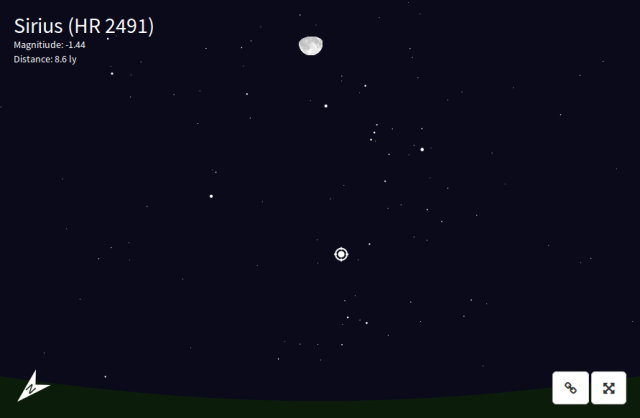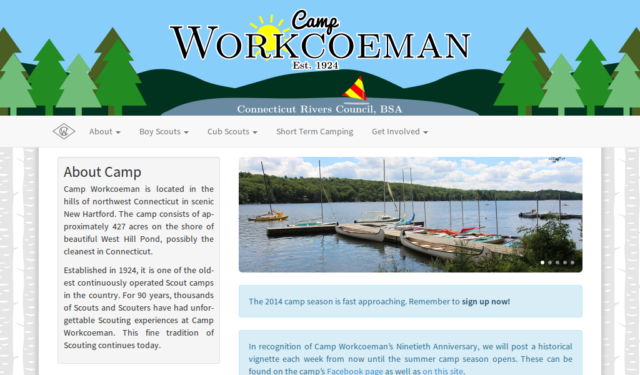Often, people copy images from Wikipedia without citation. Of those who do cite their photos, many just cite “Wikipedia” or “Wikimedia Commons,” which does not attribute the photographer and therefore does not constitute a proper citation. Due to this common mistake, I have compiled a list of ten things that are analogous to only citing “Wikimedia Commons” instead of the photographer when using photos from Wikipedia.
- Attributing a book you read to the library you borrowed it from
- Referring to a painting by the art museum it’s hanging in
- Attributing a speech to the country it was given in
- Calling a pixel a photograph
- Attributing Don Quixote to Homo sapiens
- Calling a brick a building
- Referring to the cherry on top of your sundae as a sundae
- Calling “k” the alphabet
- Referring to 261.6Hz as Sing Sing Sing
- Calling an atom a car
When using a photo from Wikipedia that has a license that requires attribution, always include the photographer in the citation and preferably link to the source of the photo. The photographer is the copyright holder, not the Wikimedia Foundation, and therefore requires attribution. Also see Wikimedia Commons’ pages on reusing content and credit lines.


